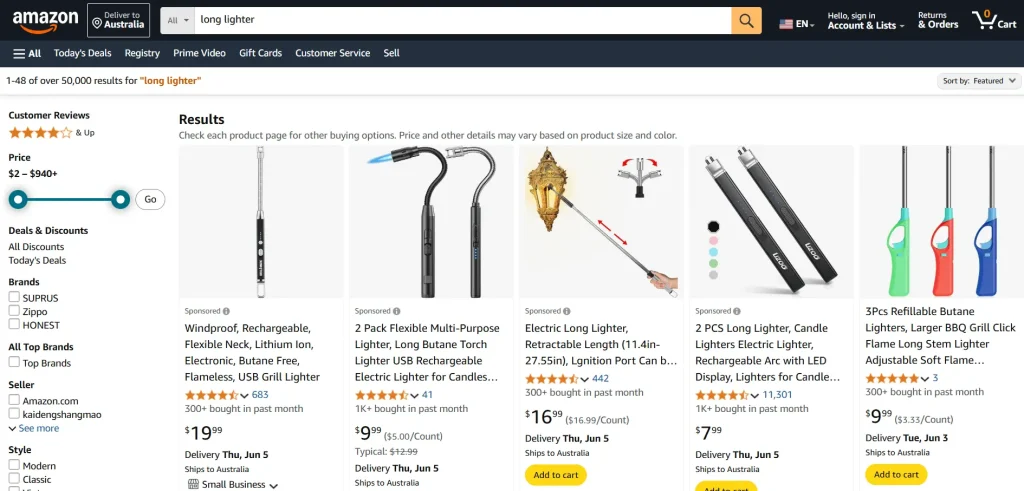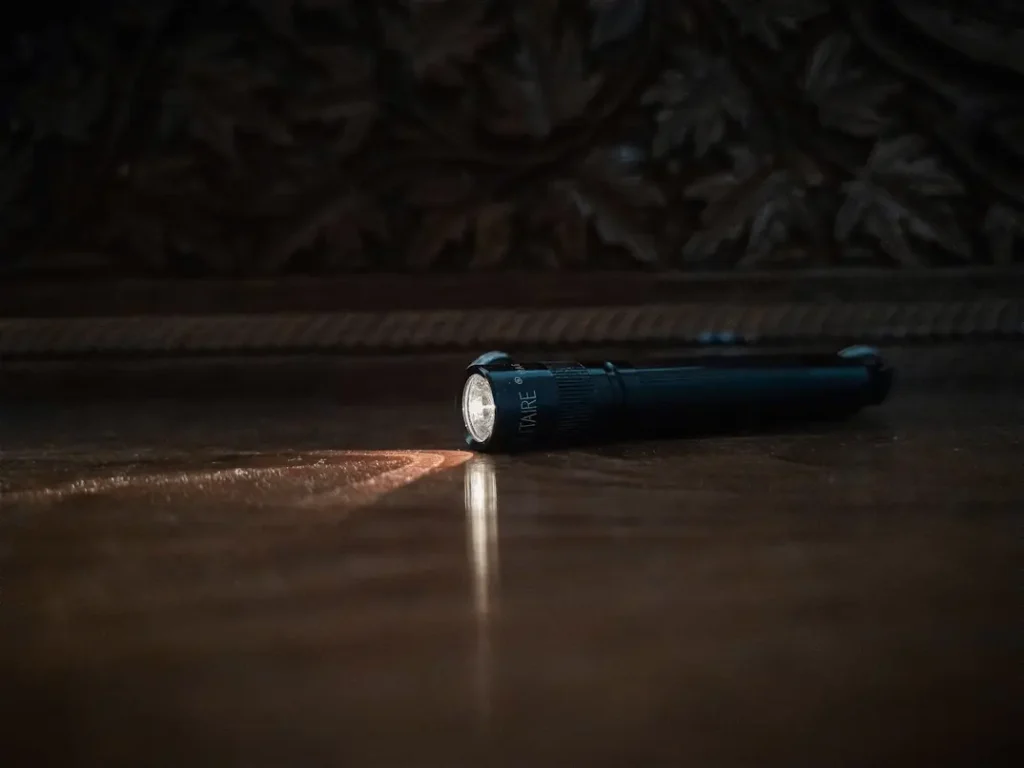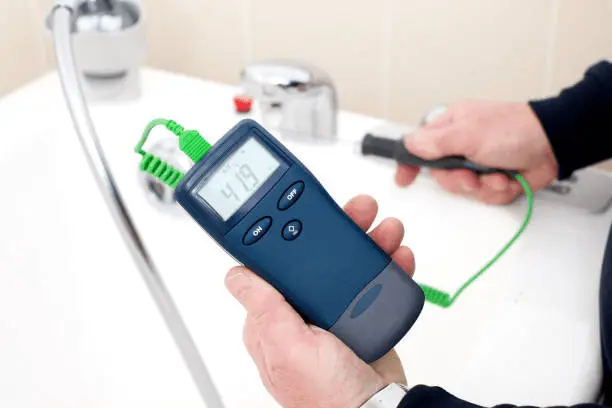

After a day’s hard work, you plan to soak yourself in a warm bath and catch up on the latest episodes of reality TV with hot cocoa.
But as soon as you dip your toe into the bathtub, the icy cold water sends shivers down your spine. Hot cocoa has turned into freezing cocoa.
Don’t worry, we’ll show you how to relight a gas water heater quickly so you can enjoy the rest of your day.
If your house has been experiencing irregular water pressure, the issue usually lies in the pilot light.
A hot water system, thankfully, does not require advanced technical work to troubleshoot. Simply relighting the pilot light will do.
The right tools make the job safer and easier.
Here’s what you need:

Read the manual on how to light a pilot light on a gas water heater that comes with the product.
It should have clear step-by-step instructions, visual guides, safety warnings, or any detailed tips you won’t find elsewhere.
Do not skip this step. Before proceeding, you’ll need to shut off the main supply. Simply turn the gas control knob off. Wait 5-10 minutes to let the leftovers around the pilot safely escape.
Once the wait is over, check for any gas smell. If detected, that means there’s a leak, so do not light the pilot to avoid any hazard. Turn off the main gas, air out the area, and evacuate immediately.
This matter is complex and should be handed to a gas hot water installation service professional. However, if you’re well-versed in mechanical fixes, feel free to continue at your own risk.
Do not take action until the gas smell is gone to avoid carbon monoxide poisoning. Afterward, find the pilot light assembly.

TIP: Use a flashlight for a clearer view of the small part with the pilot flame and thermocouple. Check the bottom part of your surface or your water heater – the pilot light should be settled comfortably behind a removable panel.
There should be a knob pointed to the “PILOT” direction on the gas control. Once the knob is in the pilot mode, a valve will open up.
A small amount of light will reach the pilot light without sending too much air to the main burner, which can otherwise cause malfunctions.
Keep the knob set to the “PILOT” position and hold down the “RESET” button. You may need to push the knob in. This opens the gas valve, letting the air flow.
At the same time, bring your lighter or a match to the pilot opening. This is precisely the step on how to ignite a gas water heater. A small flame should appear afterward.
Once you see light coming out of the pilot flame, keep pushing the reset button for 30 to 60 seconds, ensuring enough time for the thermocouple to warm up.

As the device heats up, a small electrical current will be produced, signaling that the valve is now safe to stay on.
TIP: Do not let go too early. If the thermocouple isn’t hot enough, the pilot light will go out.
Turn the gas control knob from “PILOT” to “ON” or your desired temperature to open the main valve.
The main burner should ignite by now. In other words, the hot water system is effectively producing heat. Mission accomplished. If it doesn’t light, check your thermostat. If it still doesn’t ignite, there’s a deeper issue, so it’s time to seek professional help.
As you can see from the previous steps, lighting a gas pilot isn’t as daunting as you might expect it to be. But if you’re still unsure whether to take action, these FAQs can help you:
Most of the time, a pilot light going out will cause minor inconveniences, like unstable water temperature during a shower, half-cooked meals due to the oven suddenly shutting off, and the gas heater quietly going out.
However, if you still use traditional appliances, a deactivated pilot light can pose safety risks like fire, exposure, or gas poisoning.
Yes, it’s absolutely possible to light the water heater yourself.
Simply locate the pilot light assembly with a flashlight, point the knob toward “PILOT”, press the reset button for half or a full minute until the pilot ignites, and switch the knob to “ON”.
Simply look at the opening near the bottom of the hot water system. Use a flashlight for a better view. If the pilot is on, you’ll see a steady, small blue flame.
By following the steps here, you can bid adieu to stone-cold morning showers. Remember: as soon as you notice a gas smell, there’s likely a leak, so you’ll need to call a gas maintenance service immediately.


Fill the form below and we’ll get back ASAP!

MGP! Thank you for help, honest pricing and high quality work. Thank you to Joe for pricing and the boys involved for replacing my hot water tank and fixing my gas leak for a reasonable price. 5 star response, 5 star service and 5 star price.
Joe was great. Very professional and quick. Gas hot water heater needed replacing, he was honest and upfront about what our options were. System was sourced and replaced within a couple of hours.
Fantastic service very responsive Joe is highly recommended and works very clean and neat..... good job well done....very happy... will use again and again

At Melbourne Gas Plumber, we're here to handle all your gas plumbing needs throughout Melbourne. With over 40 years of experience, we bring extensive local knowledge and expertise to every job.
QUICK LINKS
OPENING HOURS
Open 24/7
